How to Develop a Haircare Routine for Kids and Teens
Maintaining healthy hair is crucial at any age, but establishing a solid haircare routine for kids and teens is especially important. A well-crafted routine not only prevents damage and promotes growth but also instills good grooming habits that can last a lifetime. In this guide, we will explore how to create a personalized haircare routine for children and teens, discuss the best haircare products for kids, and offer practical tips to maintain vibrant, healthy hair. Let’s embark on this journey to beautiful hair together! 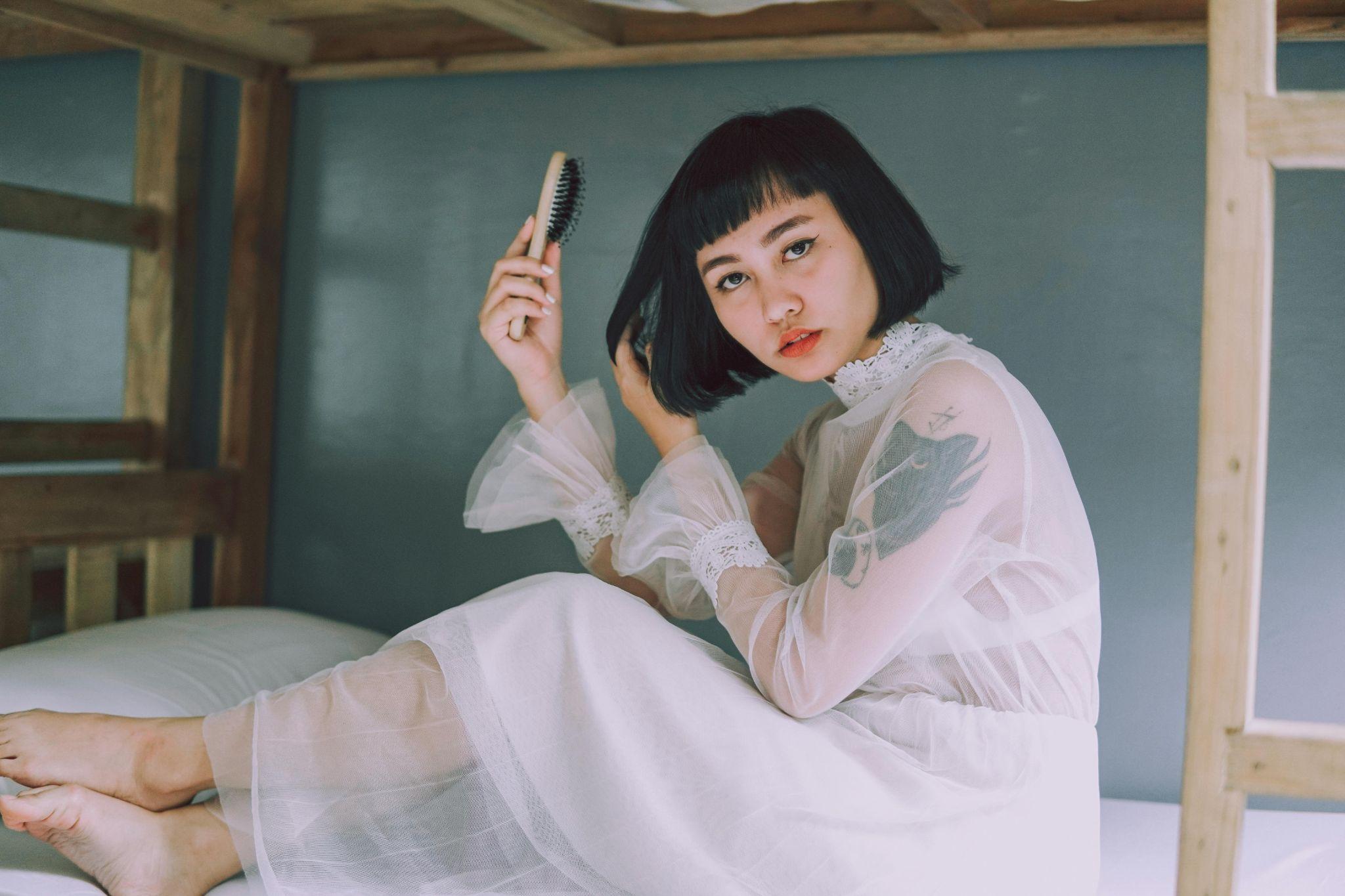
Understanding Hair Types in Kids and Teens
Before diving into products and routines, it’s essential to understand the various hair types. This knowledge will enable you to choose the most suitable products and create a haircare plan tailored to your child’s unique needs. https://hairproductschoice.com/product/revlon-one-step-volumizer-hair-dryer-and-styler-now-with-improved-motor-less-frizz-more-shine-and-less-heat-damage-for-salon-style-blowouts-amazon-exclusive-black/
What Hair Type Does Your Child Have?
Hair type can range from straight to wavy, curly, or coily, and knowing this is the first step in crafting an effective routine. Identifying your child’s hair type helps you select the right products and methods for washing, conditioning, and styling. Does your child have straight, wavy, curly, or coily hair?
- Straight Hair: This hair type tends to be oilier and generally requires less frequent washing.
- Wavy Hair: Wavy hair may become frizzy and needs a balance of hydration and control.
- Curly Hair: Curly hair is prone to dryness and requires deep conditioning to keep it hydrated.
- Coily Hair: Coily hair is the most fragile and requires careful handling and moisture retention.
Choosing the Best Haircare Products for Kids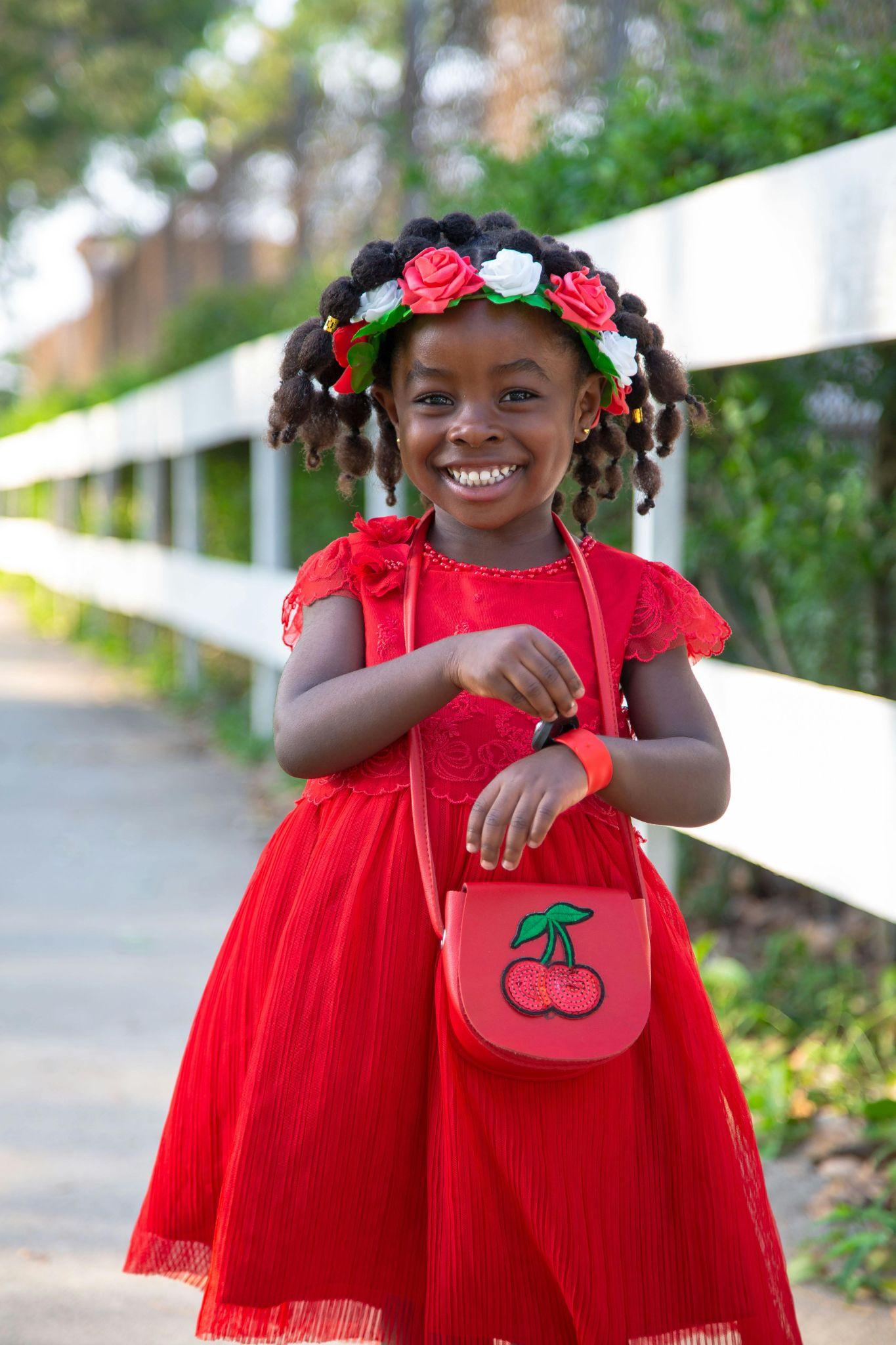
When selecting haircare products for children, special attention is needed, as their scalps and hair are more sensitive. Opt for gentle formulas free from sulfates, parabens, and harsh chemicals. Are you aware of what ingredients to avoid in kids’ haircare products?
- Shampoo and Conditioner: Look for products designed specifically for children’s hair, focusing on moisturizing formulas for dry or curly hair and clarifying ones for oilier hair types.
- Styling Products: Steer clear of heavy gels and sprays; instead, opt for lightweight leave-in conditioners or natural oils to nourish the hair without causing buildup.
How to Develop a Haircare Routine for Kids and Teens
Once you have identified your child’s hair type and chosen the appropriate products, it’s time to create a haircare routine that is easy to follow and ensures healthy, beautiful hair.
Step 1: Establish a Washing Schedule
How often should kids and teens wash their hair? The answer varies depending on their hair type and activity level.
- For Straight and Wavy Hair: Wash 2-3 times a week to prevent excessive oil buildup.
- For Curly and Coily Hair: Limit washing to once or twice a week to preserve natural oils and prevent dryness.
- Active Teens: Kids involved in sports or outdoor activities may need to wash more frequently to remove sweat and dirt.
Always use lukewarm water to wash the hair, as hot water can strip away natural oils, leaving the scalp dry.
Step 2: Focus on Proper Conditioning
Conditioning is key to maintaining soft, manageable hair, especially for those with curly or coily textures. How can you ensure your child’s hair is properly conditioned? 
- For Fine Hair: Use a lightweight conditioner to avoid weighing it down.
- For Thick, Curly, or Coily Hair: Apply a rich, moisturizing conditioner, focusing on the ends, where the hair is driest.
- Deep Conditioning: Once a week, incorporate a deep conditioning treatment to provide extra hydration and repair any damage.
Step 3: Detangling Without Damage
Kids’ hair can easily become tangled, particularly after washing. Detangling should be done with care to avoid breakage and tears.
- Use a Wide-Tooth Comb: Start at the ends and work your way up to gently remove knots.
- Apply a Detangler or Leave-In Conditioner: These products make the hair easier to comb through and reduce the chances of damage.
- Be Patient: Never yank at tangles, as this can hurt the scalp and weaken the hair.
Step 4: Styling Appropriately for Age
Styling for kids and teens doesn’t need to be complicated. A few basic rules can keep their hair looking neat and healthy. https://hairproductschoice.com/product/olaplex-no-3-hair-perfector-repairing-hair-treatment-concentrated-hair-mask-for-dry-damaged-hair-repairs-strengthens-all-hair-types-3-3-fl-oz/
- Keep It Simple: For younger kids, ponytails, braids, or buns are easy and practical styles that keep the hair tangle-free and away from the face.
- Avoid Heat: Heat styling tools, such as flat irons and curling wands, can damage young hair. If styling with heat is necessary, always use a heat protectant spray.
- Protective Styles: For teens with curly or coily hair, protective styles like braids, twists, or buns can help shield the hair from environmental damage and reduce breakage.
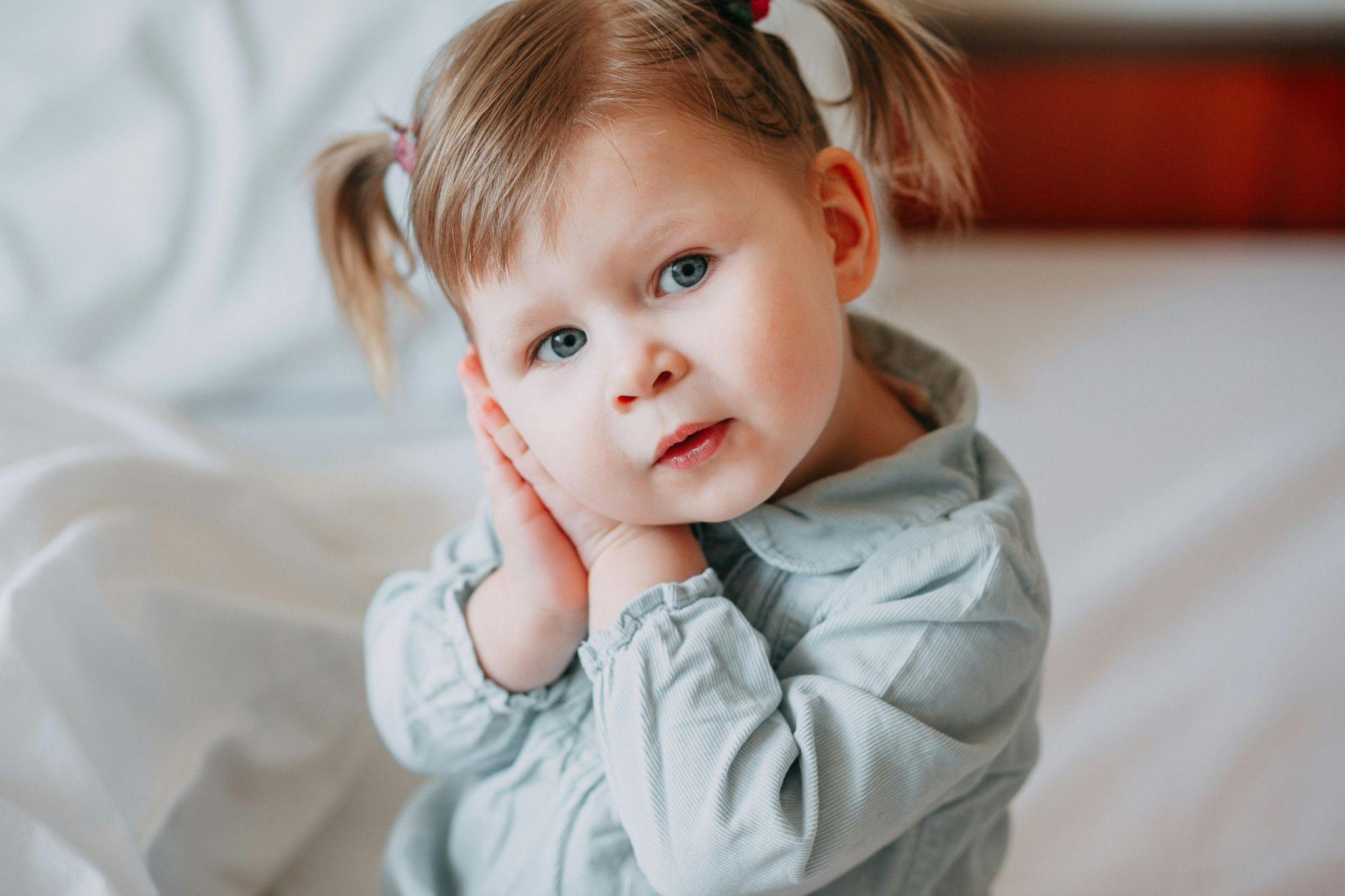
Teen Haircare Routine: Building Independence
As teens get older, they often seek more independence in their grooming routines. How can you encourage your teen to take charge of their haircare?
Educating Teens on Proper Haircare
Teach your teen the importance of proper haircare and encourage them to maintain their routine. This guidance helps them avoid common mistakes, such as over-washing, using too much product, or skipping conditioner.
- Set Reminders: Suggest they set reminders for deep conditioning treatments or to avoid prolonged gaps between washes.
- Introduce Them to the Right Products: Help them find products suitable for their hair type, like lightweight mousses for volume or frizz-control serums for smoothness.
Hairstyles for Teens
Teens often experiment with their style, and hair is no exception. Support their creativity while guiding them toward healthy choices.
- Try Out New Looks: Allow them to explore different styles, whether it’s experimenting with a new braid, learning how to create beachy waves, or trying out headbands and hair clips.
- Coloring and Treatments: If your teen wants to dye their hair, educate them on the potential damage caused by harsh chemicals and explore safer, semi-permanent color options.
Haircare Tips for Children and Teens: Do’s and Don’ts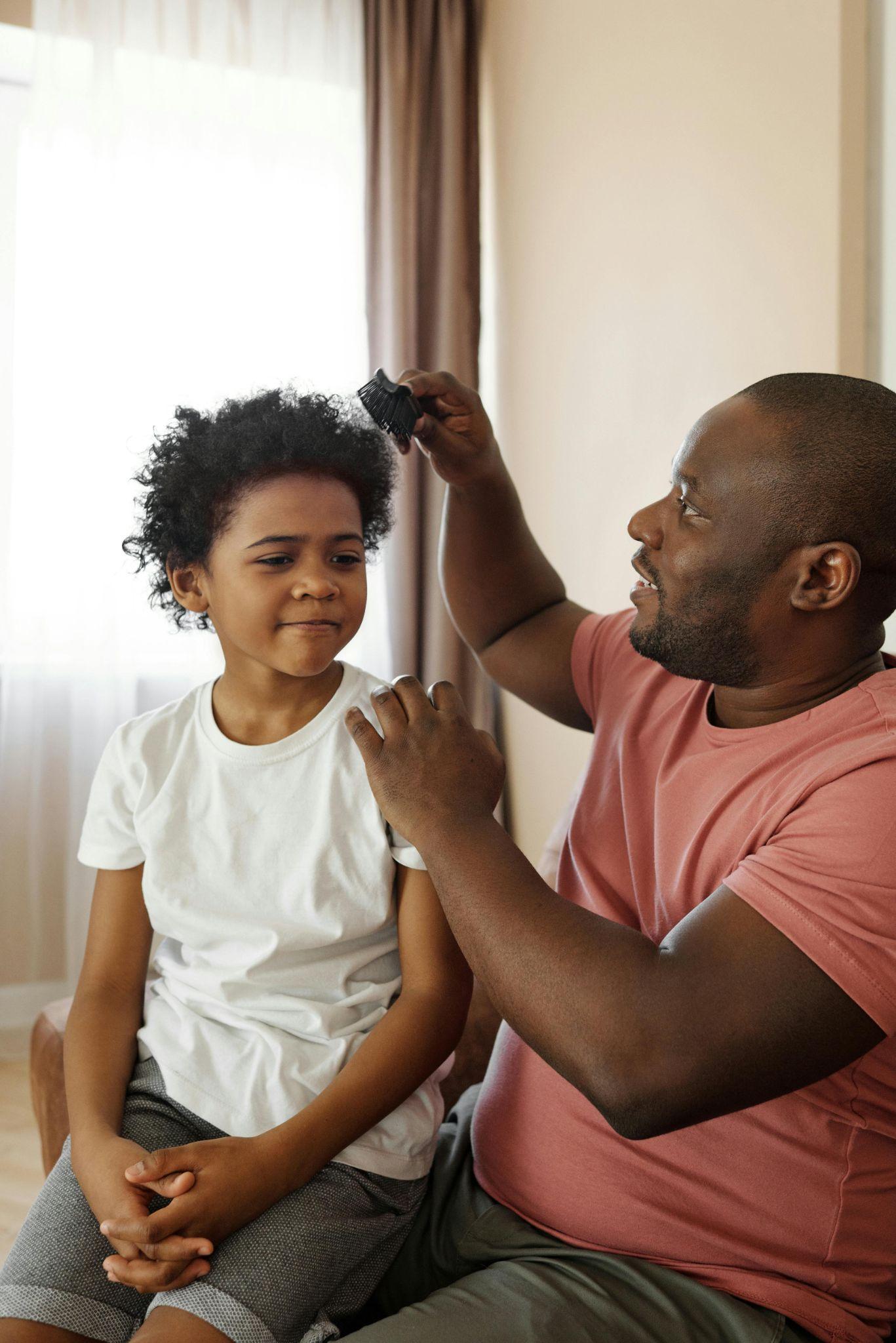
Do’s:
- Use Age-Appropriate Products: Gentle shampoos and conditioners are best for younger children.
- Trim Regularly: Regular trims prevent split ends and keep hair looking healthy.
- Protect from the Sun: Just like skin, hair can be damaged by UV rays. Hats or protective sprays can shield hair from sun damage.
Don’ts:
- Avoid Tight Hairstyles: Overly tight ponytails or braids can cause tension on the scalp and lead to hair breakage.
- Don’t Over-Wash: Washing hair too frequently strips it of natural oils, leading to dryness.
- Limit Chemical Treatments: Chemical straightening or perming can damage young hair, so avoid these treatments if possible.
Creating a haircare routine for kids and teens doesn’t have to be complicated. By understanding their hair type, using the best haircare products for kids, and teaching them proper grooming habits, you can set them up for a lifetime of healthy hair. Whether you are dealing with a busy teen who needs a low-maintenance routine or a child who enjoys experimenting with different hairstyles, these tips will help you develop a routine that works for their needs. The most important thing is consistency and instilling the value of taking care of their hair from an early age. https://hairproductschoice.com/ 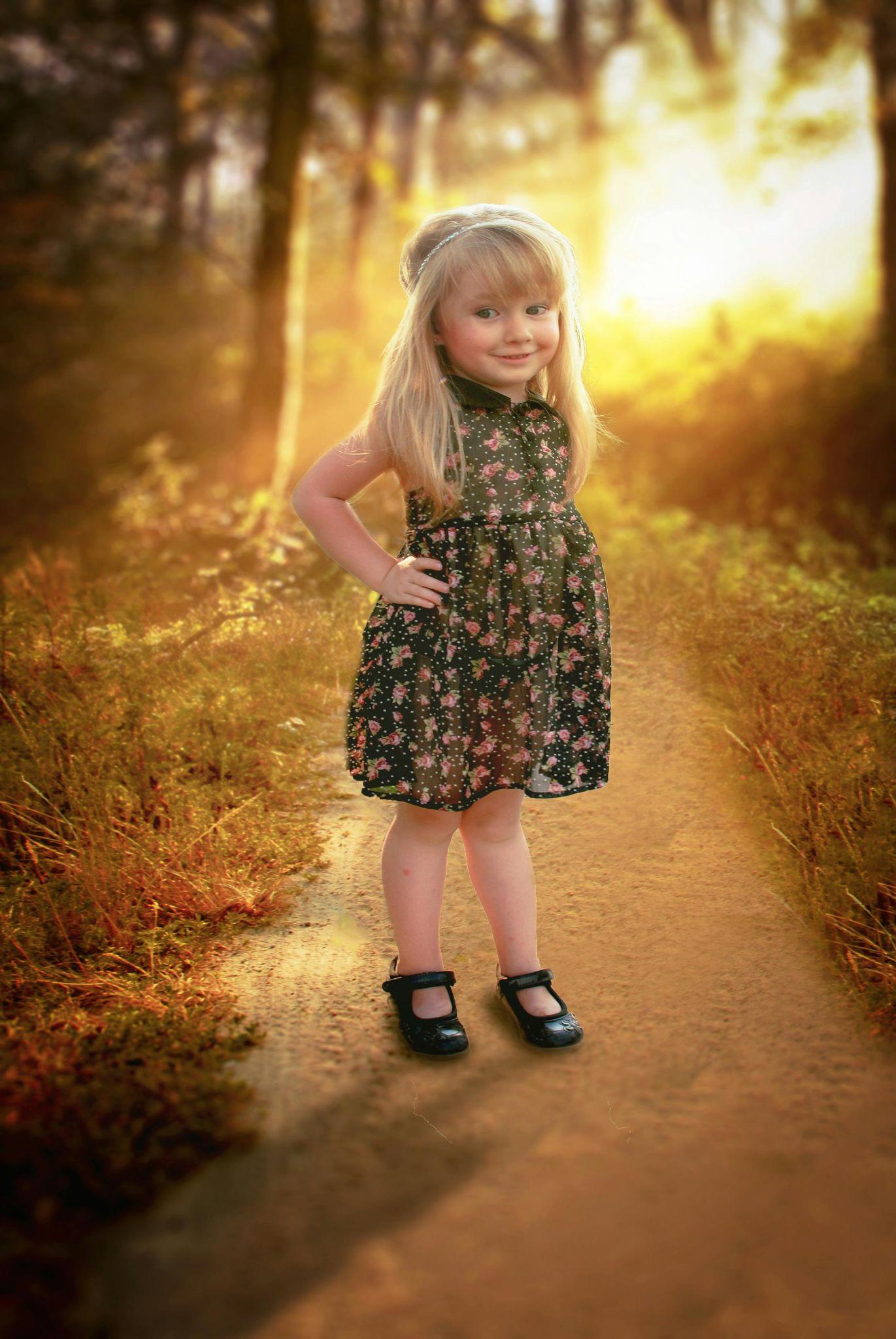
Remember, when developing a haircare routine for kids and teens, balance simplicity with effectiveness to ensure they keep those locks looking healthy and gorgeous!